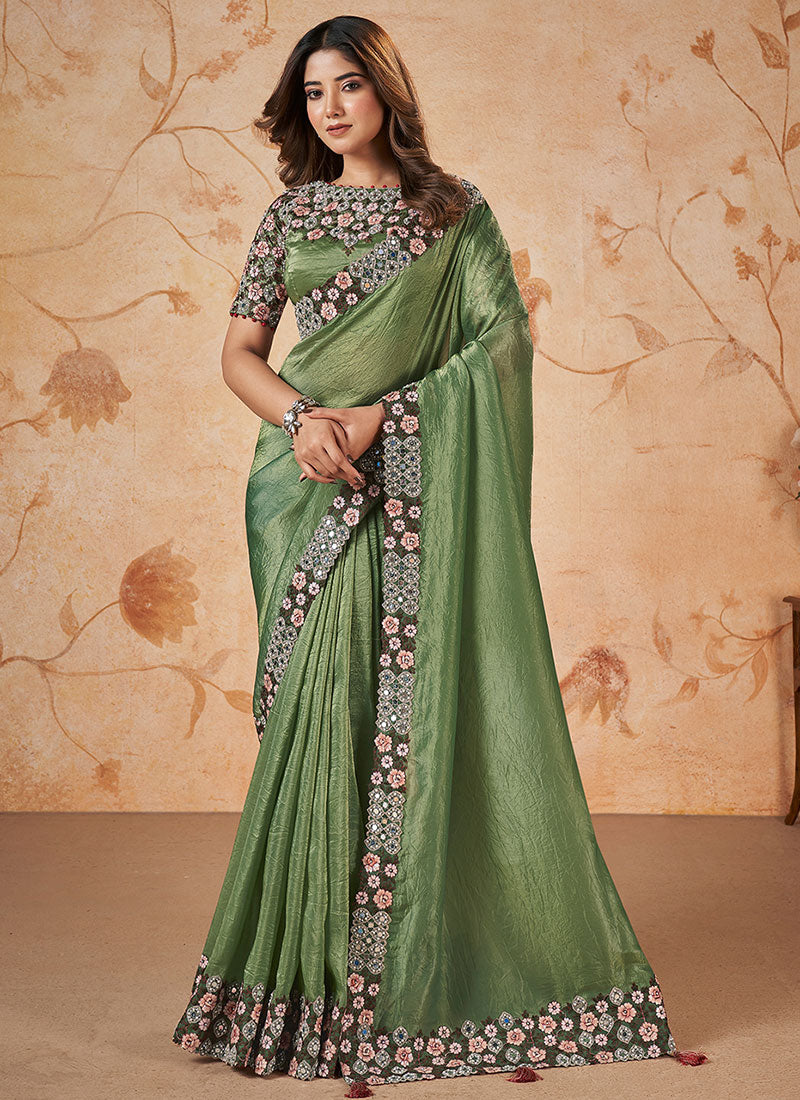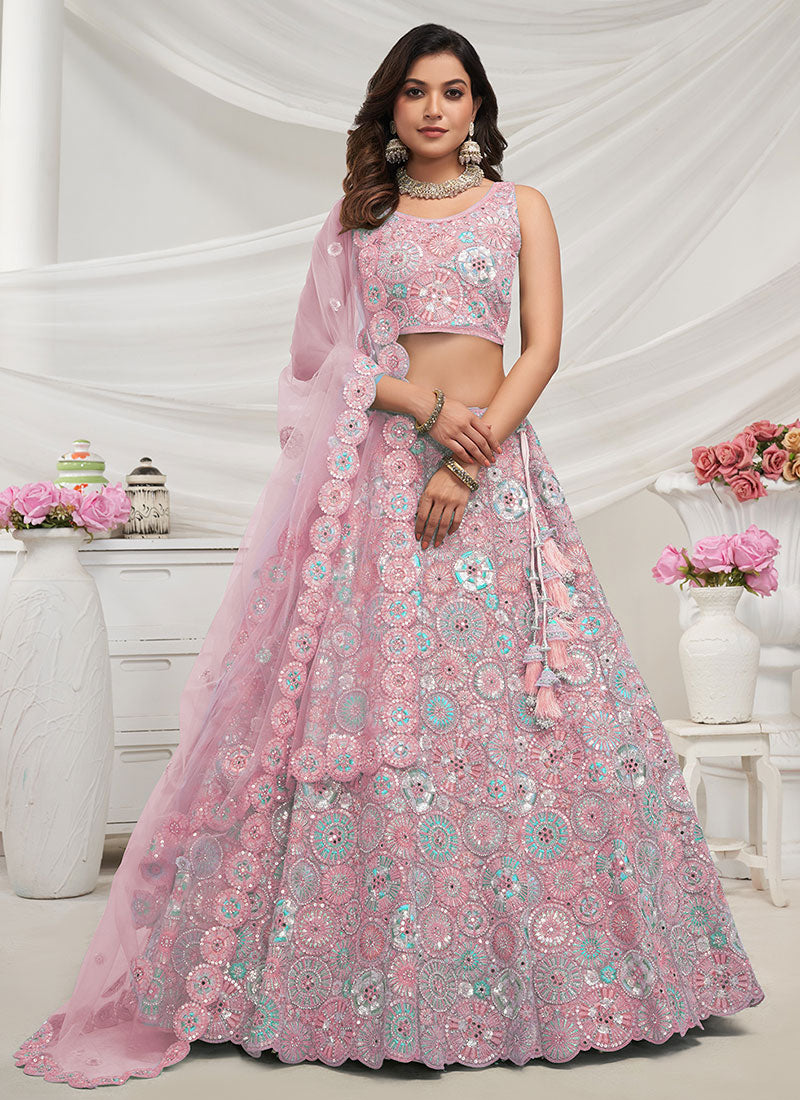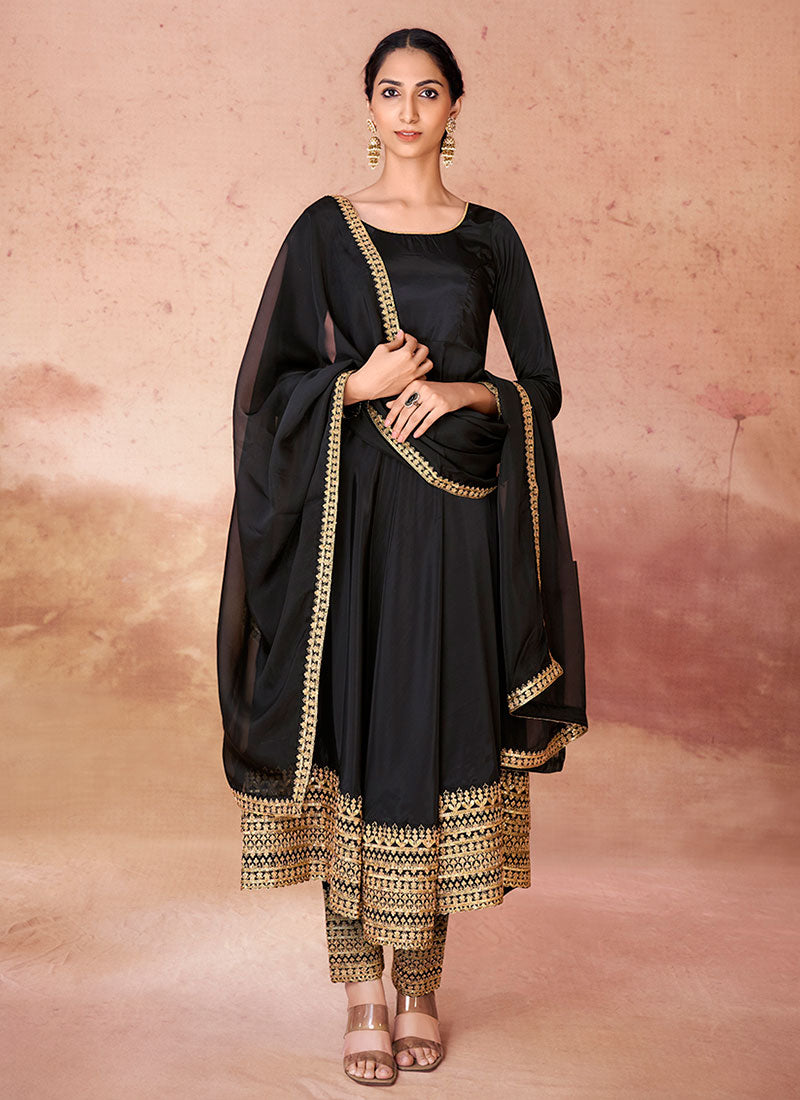India, a land of diverse cultures, languages, and traditions, boasts an equally varied array of traditional attire that reflects its rich heritage. Indian clothing is not merely about fashion; it is a profound expression of cultural identity, regional diversity, and historical continuity. From the elaborate sarees and lehengas to the simple yet elegant kurta pajamas, each garment tells a story of its own. In this blog, we will explore the intricacies of Indian attire, its significance, and its evolution over the years.
The Quintessential Saree: Elegance Personified
The saree, a quintessential symbol of Indian femininity, is perhaps the most well-known Indian garment globally. Worn by women across the country, the saree is a long piece of cloth, typically ranging from five to nine yards, draped elegantly around the body. The draping style varies significantly from region to region, each with its unique charm and significance.
Banarasi Saree:
Originating from Varanasi, these sarees are famous for their rich, intricate designs and fine silk. They are often adorned with gold and silver brocade, making them a favorite for weddings and special occasions.
Kanjeevaram Saree: Hailing from Tamil Nadu, these sarees are renowned for their vibrant colors and heavy silk fabric. The golddipped silver thread used in the weaves adds a touch of opulence.
Patola Saree:
These sarees from Gujarat are known for their double ikat weaving technique, where the warp and weft threads are dyed before weaving. The resulting patterns are intricate and highly prized.
The versatility of the saree allows it to be adapted to modern fashion sensibilities, with contemporary designers experimenting with fabrics, draping styles, and embellishments.
Lehengas and Ghagras: Royalty and Festivity
Lehengas and ghagras are traditional skirts worn by women, often paired with a choli (blouse) and a dupatta (scarf). These garments are particularly popular in northern and western India, especially during festivals, weddings, and other grand celebrations.
Rajasthani Ghagra:
Known for their bright colors and mirror work, Rajasthani ghagras are paired with kanchli or kurti. The ensemble is often completed with a bandhani dupatta, adding a touch of traditional craftsmanship.
Lehenga Choli: This outfit has gained immense popularity as bridal wear across India. The lehenga is often heavily embroidered with zari, zardozi, and sequins, creating a regal appearance.
Salwar Kameez and Kurtis: Comfort Meets Style
The salwar kameez, a staple in northern and central India, combines comfort with style. It consists of a long tunic (kameez), loose trousers (salwar), and a dupatta. This versatile outfit has various regional variations and can be as simple or as elaborate as desired.
Punjabi Suit: Originating from Punjab, this version is known for its straightcut kameez and tightfitting salwar known as churidar. The outfit is often vibrant and adorned with phulkari embroidery.
Anarkali Suit: Inspired by the Mughal era, the Anarkali suit features a long, frock style top that flares out from the waist, paired with churidar pants. It is elegant and often worn during festive occasions.
Men’s Traditional Attire: Grace and Grandeur
While women's attire often steals the spotlight, traditional men's clothing in India is equally rich and diverse.
Kurta Pajama: A staple for men across India, this outfit consists of a long tunic (kurta) and loose pants (pajama). It is comfortable and can be worn casually or dressed up with intricate embroidery for special occasions.
Sherwani: Often worn during weddings, the sherwani is a long coatlike garment that fits closely to the body. It is typically adorned with intricate embroidery and is worn over a kurta and churidar or pajama.
Dhoti: A traditional garment that dates back thousands of years, the dhoti is a long piece of cloth wrapped around the waist and legs. It is commonly worn in rural areas and during religious ceremonies.
The Evolution of Indian Attire
Indian clothing has evolved significantly over the centuries, influenced by various factors including geography, climate, cultural exchanges, and historical events. The Mughal era introduced elaborate embroidery and luxurious fabrics, while British colonial rule brought in Western styles and tailoring techniques.
In recent decades, Indian fashion has undergone a renaissance, blending traditional elements with modern design sensibilities. Contemporary Indian designers like Sabyasachi Mukherjee, Manish Malhotra, and Anita Dongre have gained international acclaim for their ability to reimagine traditional attire for the global market.
Conclusion: A Living Heritage
Indian attire is not just about clothing; it is a living heritage that reflects the country's vibrant culture and history. From the timeless elegance of the saree to the regal splendor of the sherwani, each garment is a testament to India's rich textile tradition and artisanal craftsmanship.
In an era of fast fashion, Indian attire stands as a reminder of the beauty of slow, sustainable fashion, where each piece is a work of art, created with love and care. Whether worn in its traditional form or reinterpreted for modern tastes, Indian clothing continues to captivate and inspire, weaving a story that is as diverse and dynamic as India itself.













